On April 27, Alipay and Xiaopeng Automobile announced a strategic cooperation. Alipay applet is fully interoperable with the car system of Xiaopeng car. In the future, you can use the Alipay applet on Xiaopeng car; you can also use the "online 4S shop" applet on Alipay to test drive and buy a car; you can also use Xiaopeng The applet remotely calls the onboard service to check mileage, doors, windows and charging status, lock and unlock.
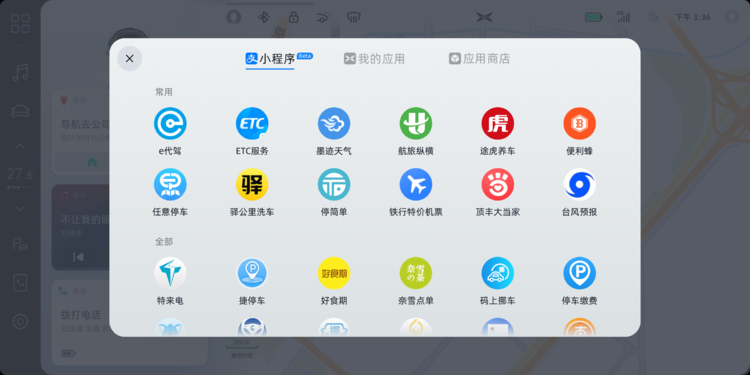
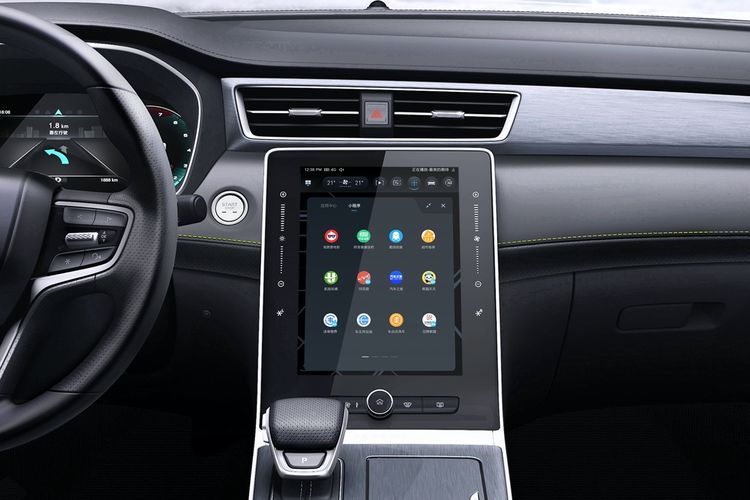
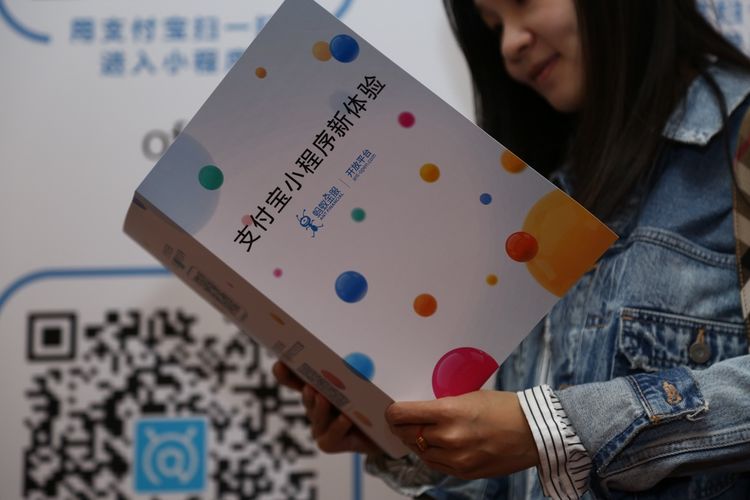
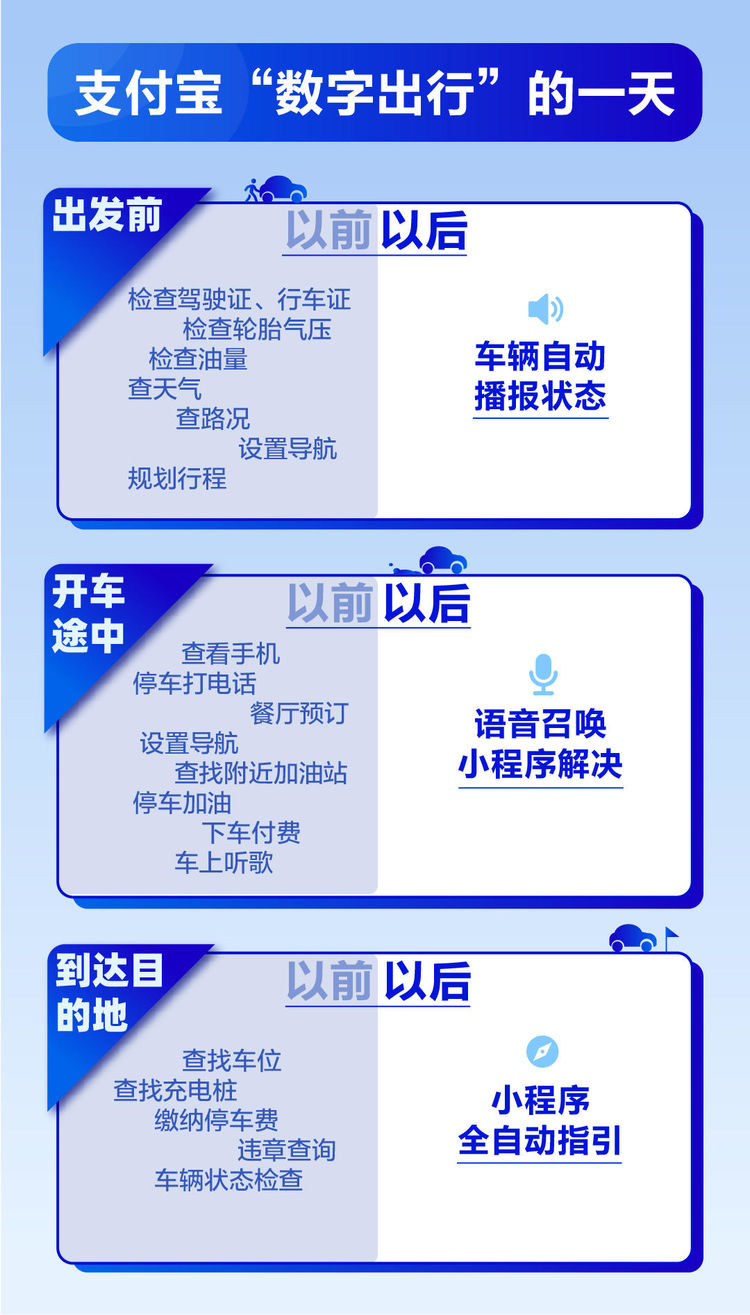
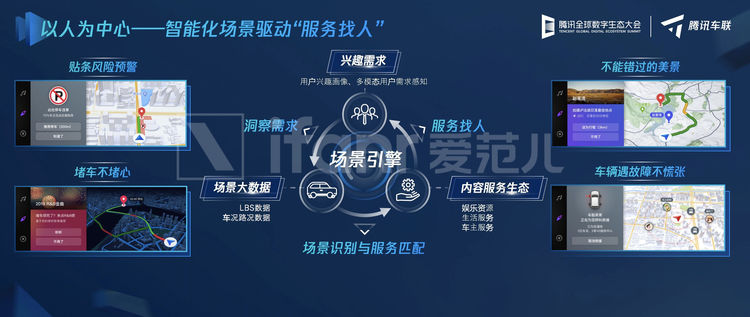
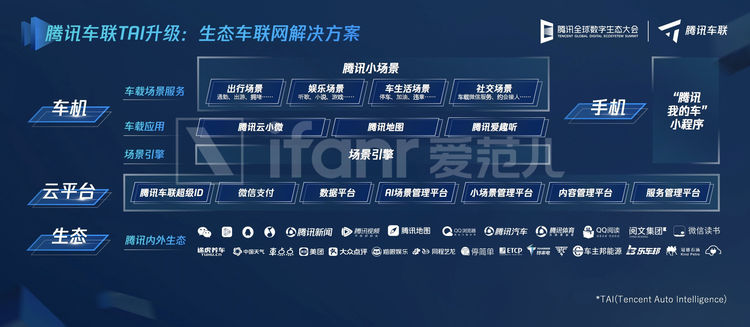
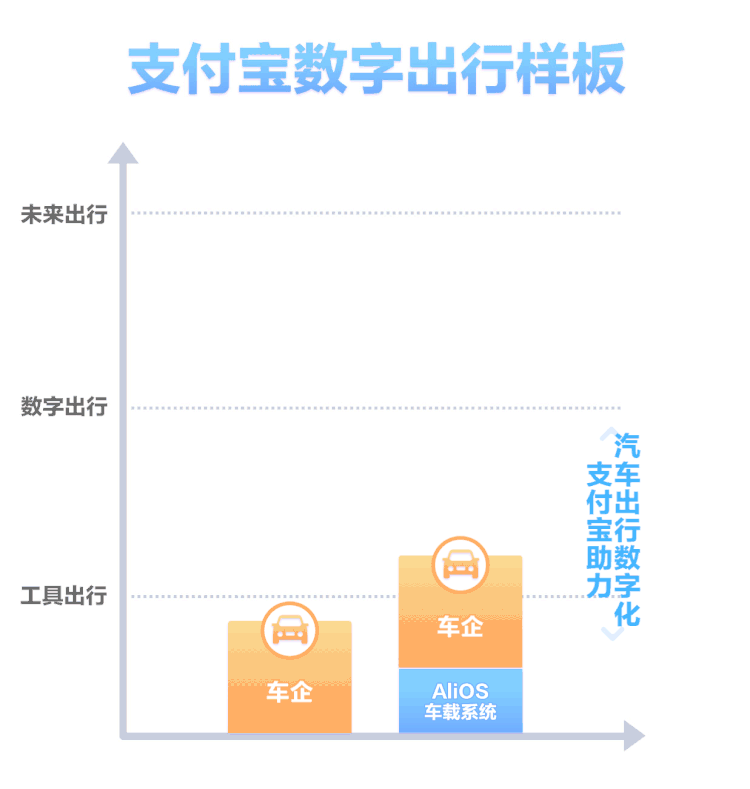

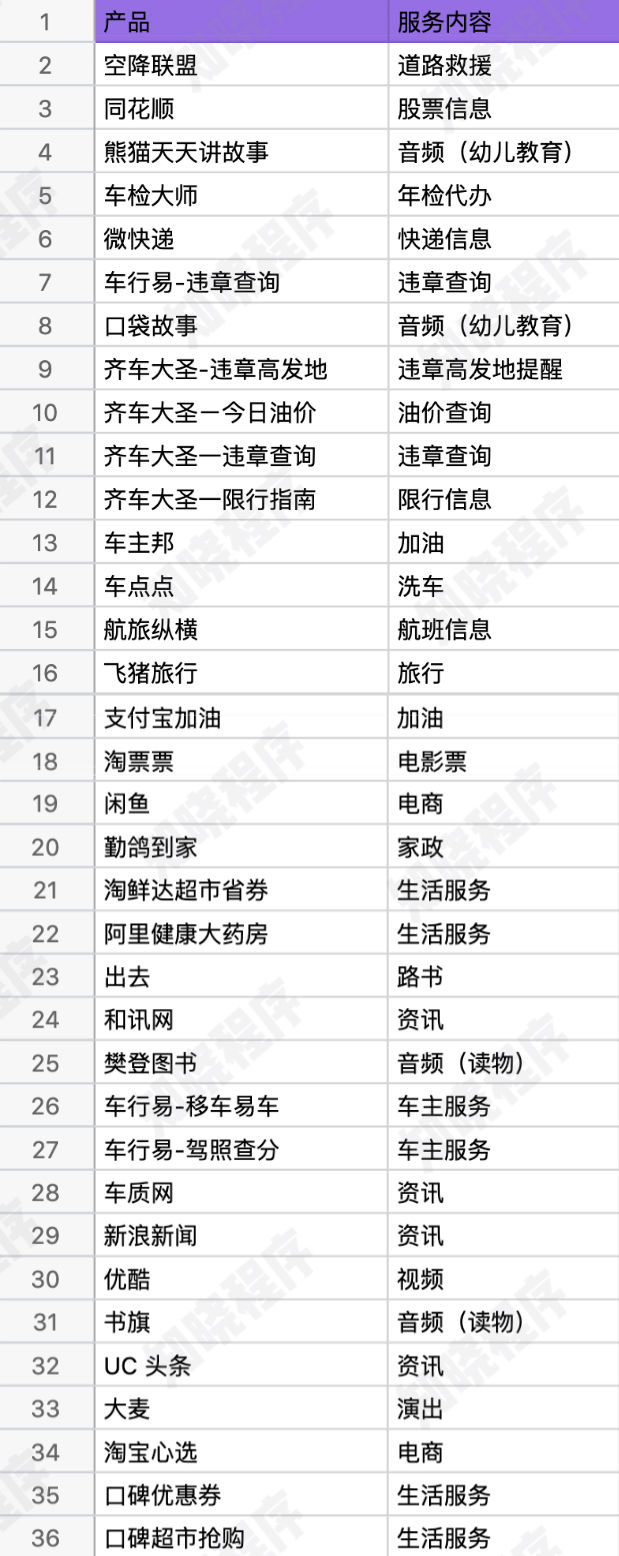
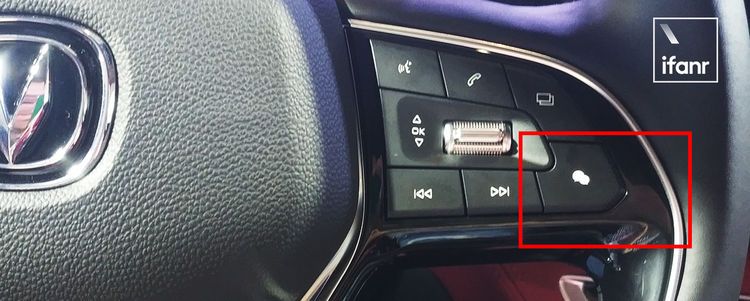
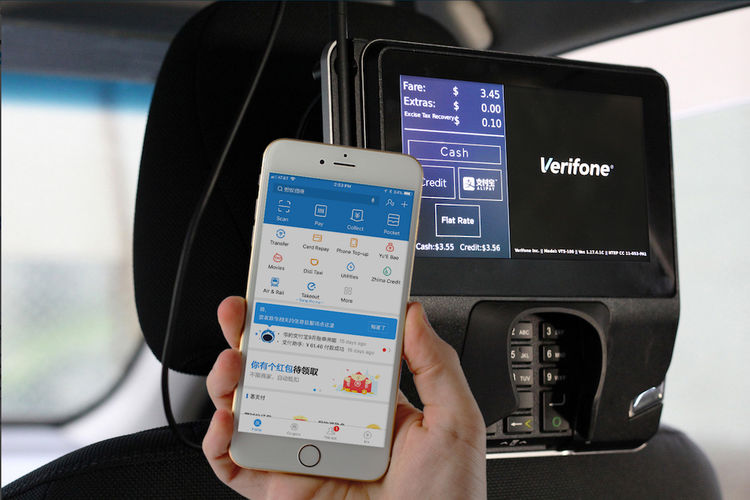
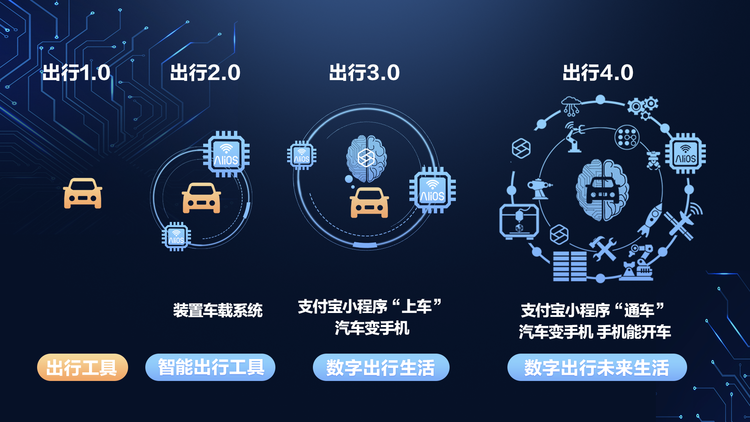

This is not a "vehicle Alipay", but a car with various ecological capabilities of Alipay. Alipay calls it a "digital travel model car". The P7 brought by the cooperation between Alipay and Xiaopeng is the second model car, and the first is the Roewe RX5 PLUS in cooperation with SAIC.
The car becomes a mobile phone, "Alipay travel model car" also came
Ten years ago, when we saw the release of the iPhone 4, we would never have thought that the "wisdom" factor in this phone would have such a far-reaching impact.
Nowadays, we want to put the word wisdom in front of more nouns, put a variety of technologies on larger utensils, and want to make more things smart. Smart cities, smart government affairs, smart cars ... We want everything to be smarter, more accessible, and more accessible.
Check for violations, pay fuel, raise chickens, grow trees, manage money on Alipay. Five years ago, no one thought that this could happen in the car-not in the car with a mobile phone, but in the car Do it all directly with Alipay.

Three days ago, Alipay, SAIC Group and Zebra Network announced that they will jointly create a digital "travel model car" in the 5G era to help the automotive industry and users travel digital. Like Xiaopeng, this cooperation also allows millions of Alipay applets to be moved from the mobile phone to the car, and users can enjoy Alipay's series of life services through voice control.
These features will be available for the first time on the SAIC Roewe RX5 PLUS released in May. The 35 Alipay applets on the first phase of the car covered transportation, audio-visual entertainment and leisure shopping.
The car owner can wake up the corresponding Alipay applet by touch, voice or gesture. At the same time, the Alipay applet has been deeply integrated with the vehicle system scenes and maps, and the applet can actively trigger services through scene recognition.

Alipay portrays a typical user scenario for us: after the user reserves a dinner through the Alipay applet on the mobile phone, the user can get the car's automatic navigation to the destination service when he gets in the car. Users can also make reservations directly in the car. If there is traffic congestion, the applet can also actively remind the user if he needs to delay the reservation time by half an hour according to the arrival time, making the service smarter.
If the traffic jam is too serious, you can also cancel the reservation directly, and the Alipay catering-related applet may also be able to provide meal reservations based on user taste preferences. When reaching the destination, the system can automatically wake up the small program and recommend the nearest parking lot for the user. After getting off the car, the in-vehicle applet can also be seamlessly connected to the mobile phone, and users can view information such as appointments on the mobile applet.

The same as "find service", the small program is very important
In travel scenarios, from "people looking for services" to "services looking for people", small programs and scenarios play a key role. In the future, they will continue to open up the ecosystem and explore innovative user experiences with more travel service providers.
He Yongming, vice president of Ant Financial and general manager of Alipay's Open Ecology Business Unit, said that travel will also be one of the daily needs of Alipay users.
The "service to find people" is basically the goal of most car companies' system services. In terms of the vehicle's WeChat released last year, it can also quickly initiate navigation directly based on positioning, thereby skipping the tedious steps of unlocking the phone, finding contacts, setting the positioning, and placing the phone. It has become an intelligent carrier, just like the voice assistant in your mobile phone and IOT appliances at home, which can help you shorten the path and reach your goal directly.

▲ "Services to find people" is the goal of Internet car company cooperation
The only difference is that this intelligent carrier is too large, has four wheels, and weighs a few tons.
But outside of the big guys, these car enterprise system services are using "small" tools to serve the "big" scene.
The gadget of Tencent car networking is called small scene. We can think of it as a "car-machine version applet", which is very similar to the applet, without the need to download and install, it can be updated and launched in the cloud to achieve "active wake-up" based on voice and scene. As long as the developer has a small program foundation, it can be released as a small scene of Tencent with a simple transformation, while supporting access to Tencent's internal and external ecological resources.

Alipay directly moved its own small program to the car without changing the naming. Although this small program needs a certain transformation to get on the car, we can actually think of Tencent's small scene and Alipay's small program as similar things. They are all mature services on the mobile phone, and after certain modifications, they can glow in another scene.

Just as Alipay applets have already opened up multi-end scenarios such as Tmall, Taobao, Dingding, Gaode, Sina Weibo, etc., the applets of WeChat, QQ, QQ browser can also be completed to a certain extent. First choice for providing services in different scenarios.
Through the adaptation and modification of the usage scenarios, plus the particularity of the service-bearing tool, the in-vehicle version of the applet may be better than the mobile version in terms of "service finding people".
What is the difference between this "extra large" Alipay compared to on-board WeChat
Car WeChat and "Alipay Travel Model Car" have a lot in common. They all chose the road of pre-installation networking, and the car has been installed with connected vehicles and other connected vehicles before leaving the factory; they all rely on "small programs" to provide more extended services, although the two are named differently; they both Want to "service find people", use scene recognition to match services; they do not provide all the functions in the car version, but only select some services to provide.

And the current public information also allows us to understand the difference between vehicle-mounted WeChat and "Alipay Travel Model Car".
- Different functions
- Different ways of interaction
- Active trigger service is different
As a social tool, in-car WeChat is more inclined to communicate in the scene in the car. Full voice interaction, through voice control, allows the driver to speak and control WeChat; when new messages are received, the voice assistant will broadcast the current content; when receiving WeChat calls, we can also say "answer" or "hang up" To choose the operation; we can use voice to directly find the contact and initiate a chat.
Replying to information and keeping in touch is a very important function of the vehicle's WeChat. But Alipay does not have the social attributes of WeChat, so the communication of the scene is not their focus, and the provision of services is their focus. According to the known procedures, the 35 mini-programs launched on the first "Alipay Travel Model Car" cover transportation, entertainment, e-commerce and many other aspects.

The interaction between the two is also different. Car WeChat interacts with the WeChat custom buttons on the Changan CS75 Plus through voice The "Alipay travel model car" interaction method is more abundant, the official said there are multiple interaction methods of touch, voice, gestures.

▲ WeChat custom button on Changan CS75 Plus
The last point is the ability to actively trigger services provided by the "Alipay Travel Model Car". The scene depicted on the vehicle's WeChat is based on positioning to quickly initiate navigation, and the current realistic capabilities of "Alipay Travel Model Car" include scene recognition to actively trigger services.
Since the Alipay model car SAIC Roewe RX5 PLUS has not yet been released, we can't yet judge what is the difference between this and WeChat's quick launch of navigation. However, from the official information given by the two, Alipay has more trigger service scenarios, including ranking appointments, parking navigation, appointment information display and other functions.

It is worth mentioning that this is not the only option for Ali to get on the car. At present, there are many different modes of cooperation between Ali and car companies.
The cooperation between AliOS and SAIC is based on the general framework of Alipay applet to make the vehicle system AliOS, the service ecosystem of the system and Alipay applet is opened; and the mode of cooperation between Ali and Xiaopeng is the Android system of Xiaopeng car on Alipay applet , Users can remotely control the car through the Xiaopeng Alipay applet.

There is also the "Alipay Travel Model Car". Xiaopeng's communication between the mini program and the vehicle-mounted system is part of the "Model Car". However, the "Alipay travel model car" can be larger. It is a solution for Alipay to open its auto capabilities to car companies. It can provide different product capabilities for small programs, payment, and security according to different car scenarios.
It can only be said that Internet companies and car companies are already making more attempts to get services on board.




